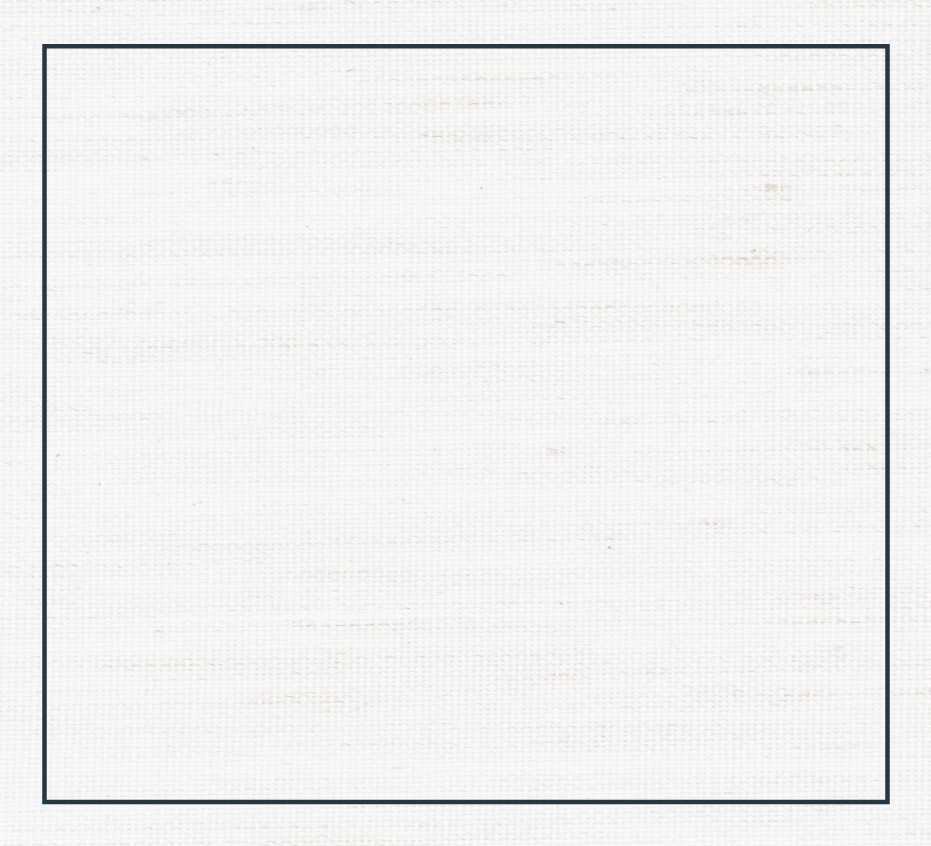
Branding Services
Northbound Studio is a design firm in Grand Rapids, Michigan offering branding services to companies across the US. Whether you are starting a new business or examining ways to grow your business, branding plays an essential role in achieving your goals. Solid branding is what differentiates your company from its competitors and gives you a huge advantage over them.

Branding Services
Northbound Studio is a design firm in Grand Rapids, Michigan offering branding services to companies across the US. Whether you are starting a new business or examining ways to grow your business, branding plays an essential role in achieving your goals. Solid branding is what differentiates your company from its competitors and gives you a huge advantage over them.
Branding Services
Northbound Studio is a design firm in Grand Rapids, Michigan offering branding services to companies across the US. Whether you are starting a new business or examining ways to grow your business, branding plays an essential role in achieving your goals. Solid branding is what differentiates your company from its competitors and gives you a huge advantage over them.
A brand is the combination of visual and verbal messages that you use to describe your company and communicate with your customers. It includes things like your mission statement, your logo, colors, icons, photography, social media presence, voice and more! Brands are built on characteristics of the company. While marketing is the practical approach to distributing your messaging, branding is the strategy behind those marketing actions.
Brands clearly define guidelines on how to distribute your company’s messaging. These are usually summed up in a brand guide. Brand guides include how to use your logos, which colors to use, what taglines represent your company, what type of photography your company uses and more. These rules help to create and maintain a solid and cohesive identity for your brand across different marketing channels.
A well-established brand helps create brand loyalty — an emotional connection consumers have with your company. Branding is successful when consumers feel more strongly about your brand than others. They develop a trust that allows them to feel more confident when working with (or buying from) you versus others.
What is brand strategy?
A brand strategy is the combination of research and creative thinking that goes into developing a brand. Colors and logos are not just randomly chosen by your designer and their preferences. Rather, immense time and resources go into selecting colors that will communicate with your target audience, and set you apart from your competitors.
Often, clients request a specific look or color scheme for their brand based on their personal preferences, however, frequently, the client does not represent their target market. It’s important to trust your designer, or team of designers, as they are experts and are doing the necessary research involved in building your brand.
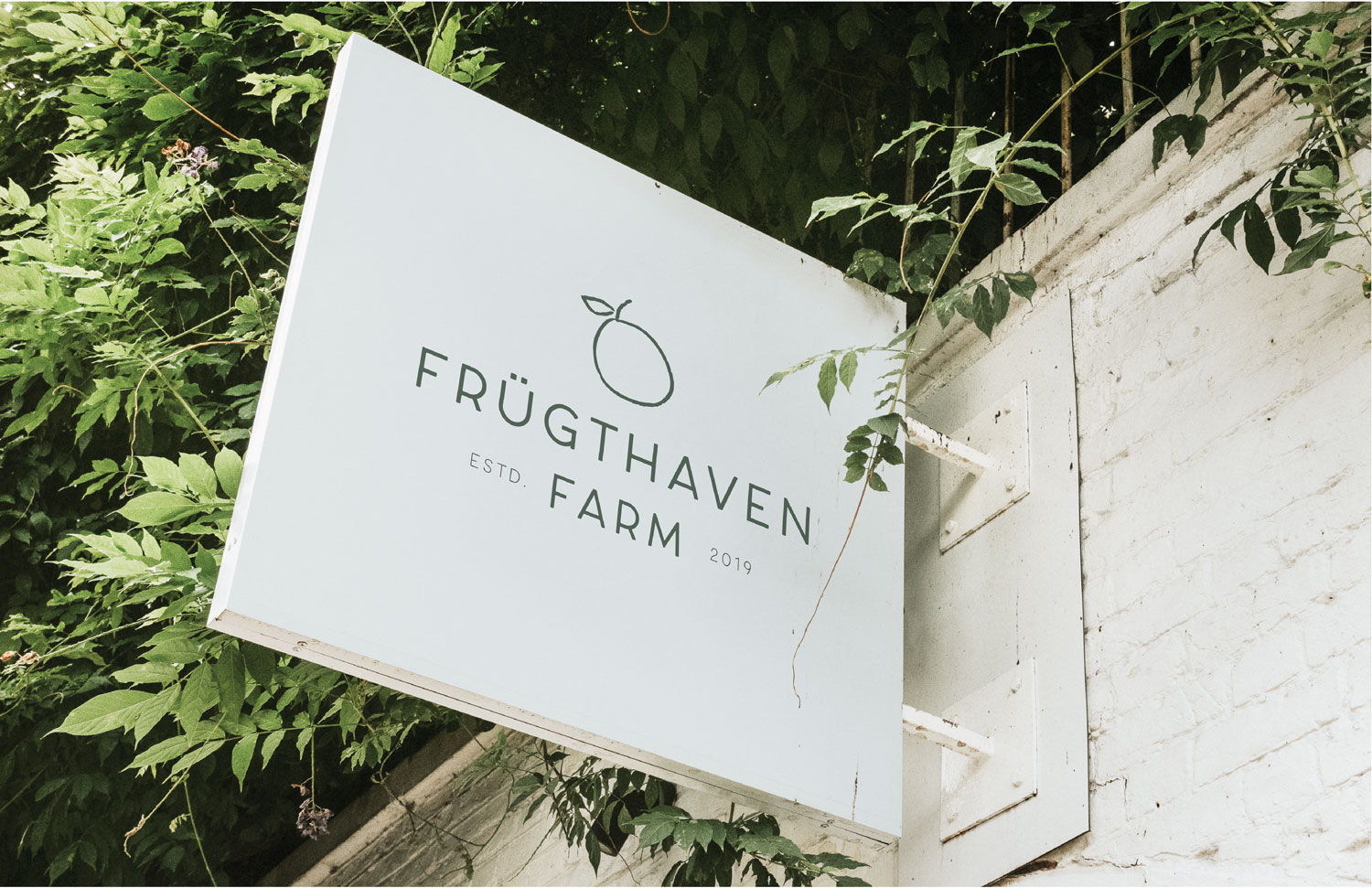
What is included in a branding package?
Branding packages vary based on the design firm chosen. At Northbound, we customize our branding packages to you and your needs. While icons may be necessary and useful for one brand, they may not be for another. We tailor each package to your company, industry, and goals.
Some of the things that are typically included are a logo and logo variations (such as a monogram, social media version, etc.), a color palette, typography guidance + fonts, icons or illustrations, photography guide + examples, stationery (business cards, letterhead, etc.) as well as some samples of the branding in use. We also create brand guides that give guidance in using your brand moving forward.
While many clients look at branding as a one time process/investment, it’s important to keep in mind that successful brands are always evolving. Brands need to be continually updated and expanded upon in order to stay relevant and interesting to their audiences. In order to accomplish this, we recommend finding a design firm that you trust and want to work with long term.
Getting your finished brand package is really just the beginning. If you don’t have the time, software or design skills to use your brand guide to create marketing collateral, make sure to call the pros to handle it. There’s really no point to having a beautiful, strong brand if you don’t use it properly in ALL of your communications.
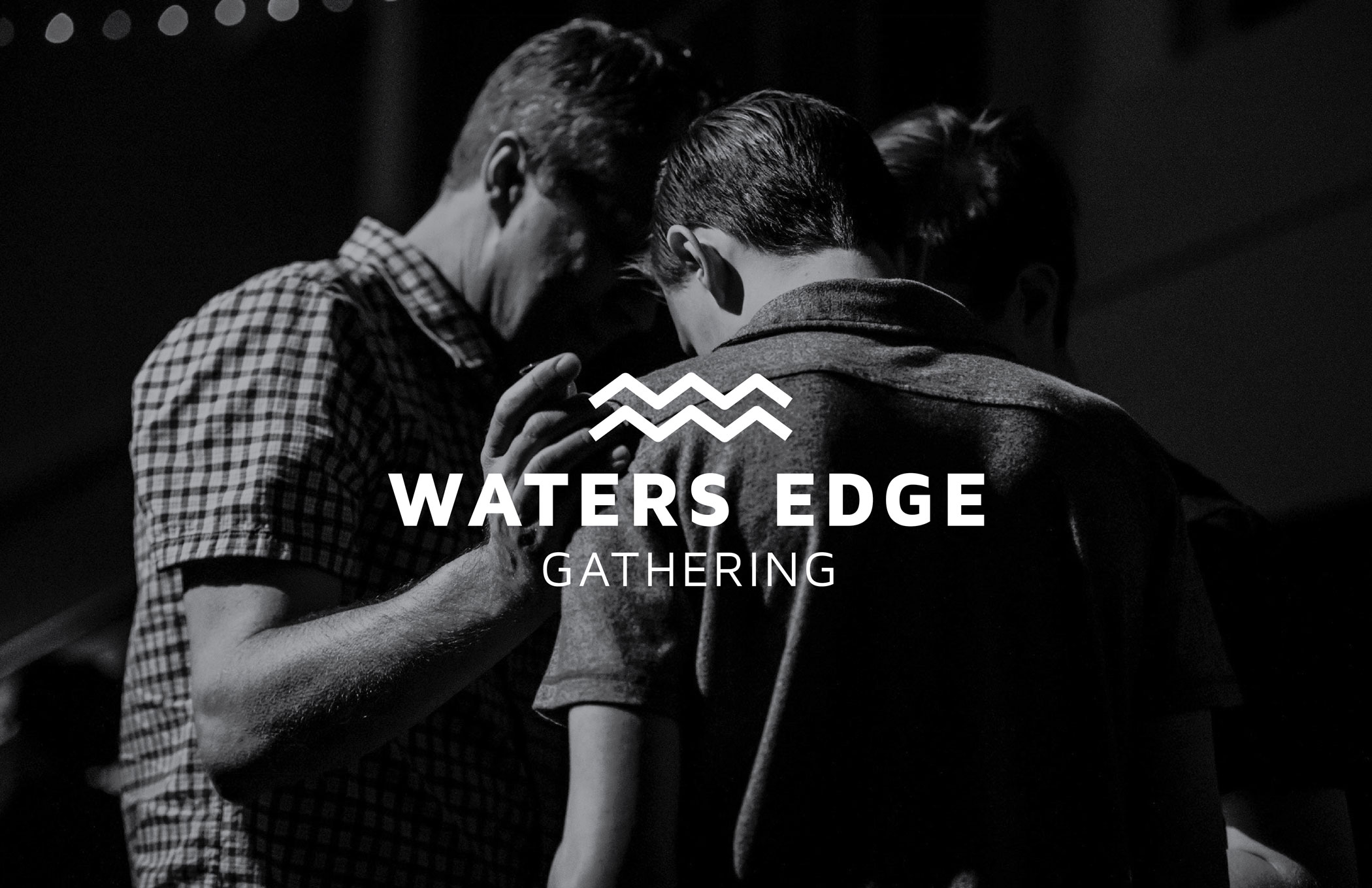
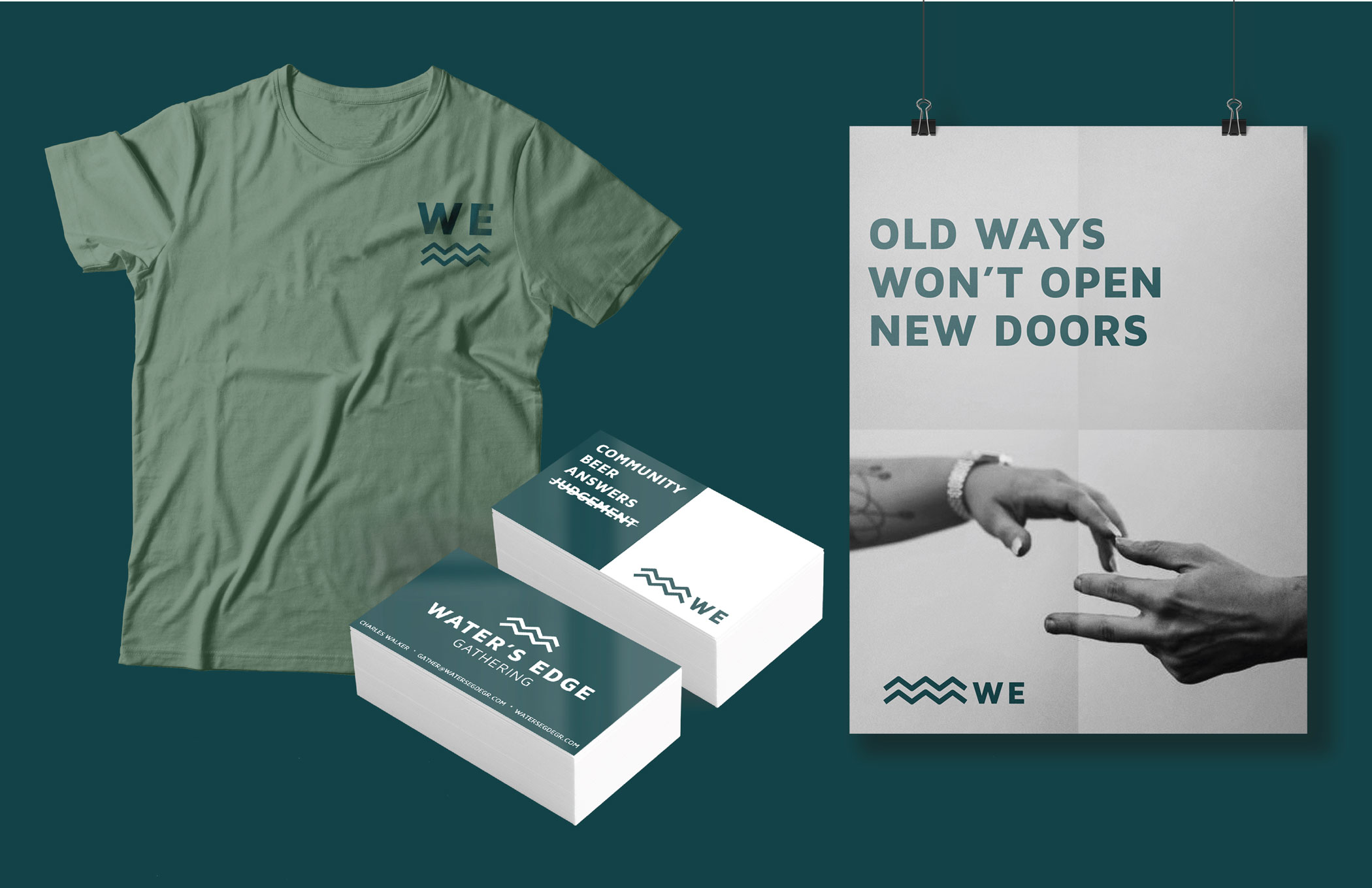
Start your branding project
Why do you need a strategy for your brand?
With so many choices for products and services today, customers base their purchasing decisions off of a brand’s credibility. There are hundreds of companies for your target customer to choose from. Your brand is one HUGE way to help them make that choice.
Customers also see the brands they support as a reflection of their own personalities, beliefs, and more. This is why things like logo laptop/bumper stickers are popular. Is your brand something your target customer would be proud to support and show off? Successful brands become highly integrated with their target audience’s own identities. Think about a brand like patagonia, for example. The brand is so successful that customers want people to know they support patagonia, and therefore, purchase stickers, bags, etc. If you buy from patagonia, others can infer that you are outdoorsy, into the environment, support ethical business practices, etc.
When you develop your brand, don’t just think about what it says about your company, but also what it says about your customers. Do your customers want people to know they shop local? That they care about the environment? That they are smart? Consider these things when going through the branding process.
A brand strategy also helps you, as the business owner, make decisions about your company. If you have a solid mission statement and brand in place, decisions about new products, acquisitions, markets, etc become easier to make.
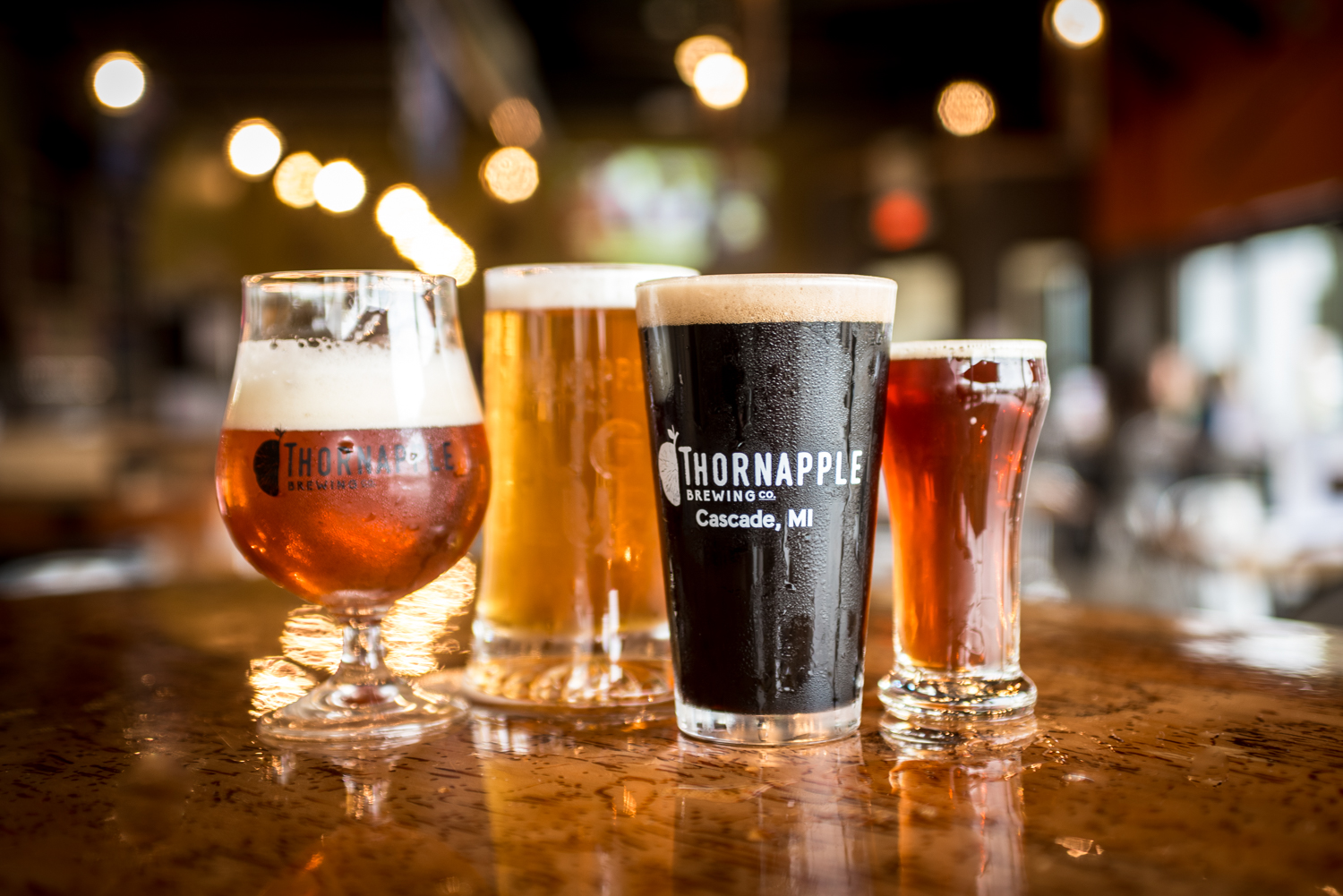
Why is branding important?
Branding is important because it’s the main thing differentiating you from your competitors. It also positions your company as more than just a store or a service. It becomes integrated into the daily lives of your customers. Brands create an emotional attachment and help shape identities.
How do you develop a brand?
Brand development is a complicated creative process. Brand designers study visual communication, writing, and marketing in order to have the knowledge and skills required to develop a successful brand. While it’s possible to develop your own brand, it’s much better to trust your company’s image to a professional. Branding is not something that should be overlooked in the process of building your company. As the face of your company, it should be treated as a priority.
The first step in brand development should be defining your mission. Defining what your company stands for will clarify the “look” and personality your brand should aim to achieve. In order to define this mission statement, make sure to do your research, and if possible, consult a professional.
We have a guide to creating a strong mission statement and brand over in our journal if you’d like a step-by-step guide.
Northbound offers brand development including mission statement consulting, copywriting, logo + brand design, as well as any other content needs that follow.
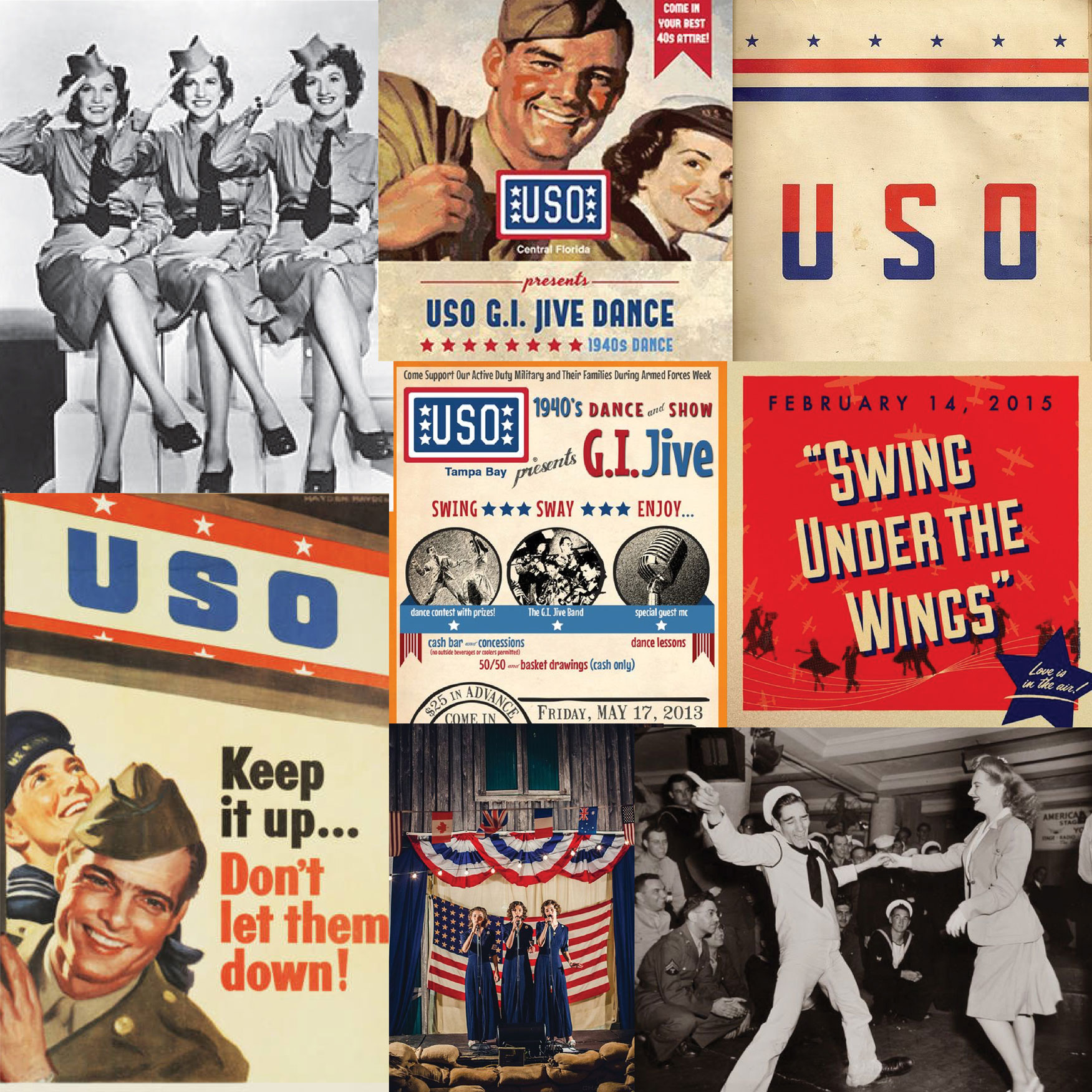
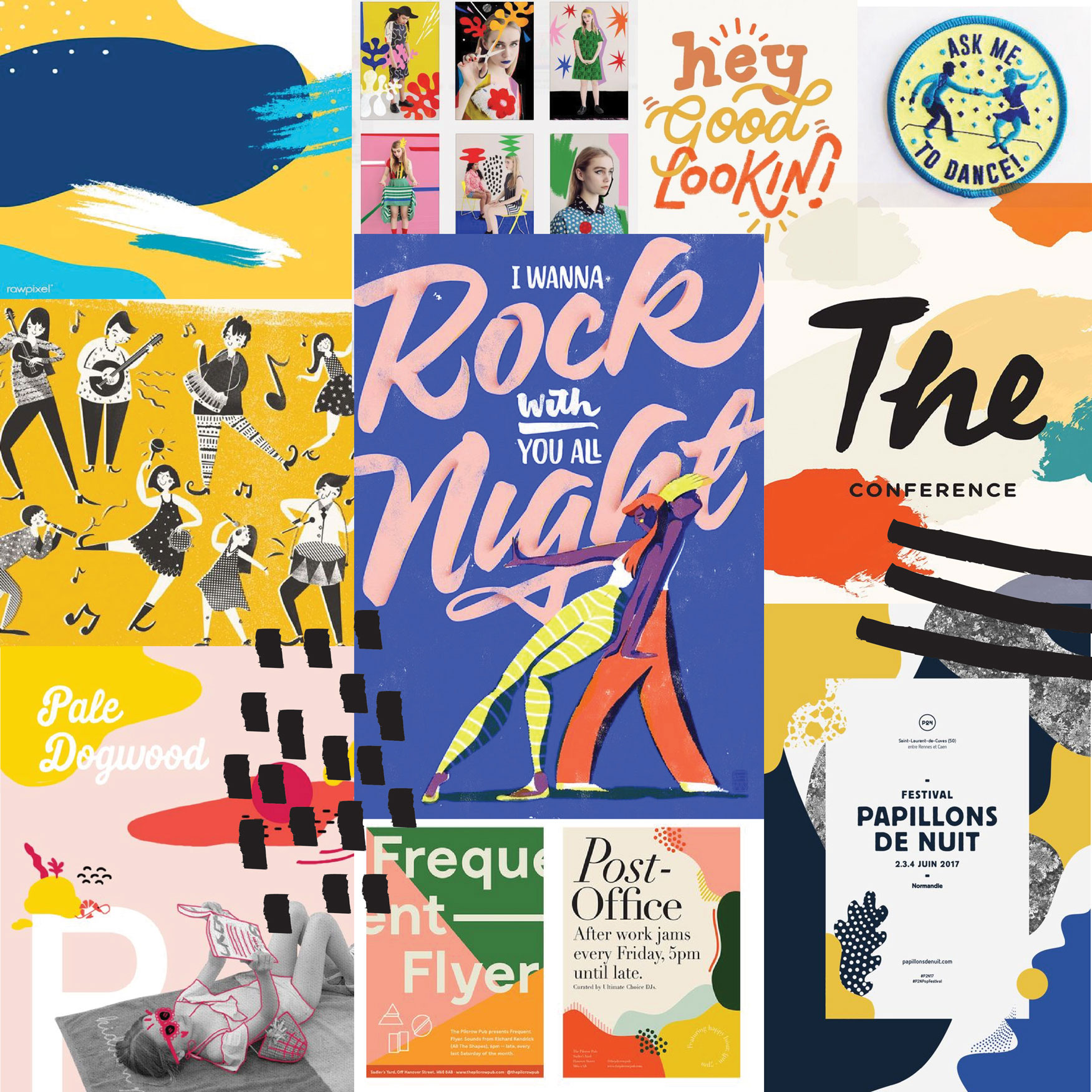

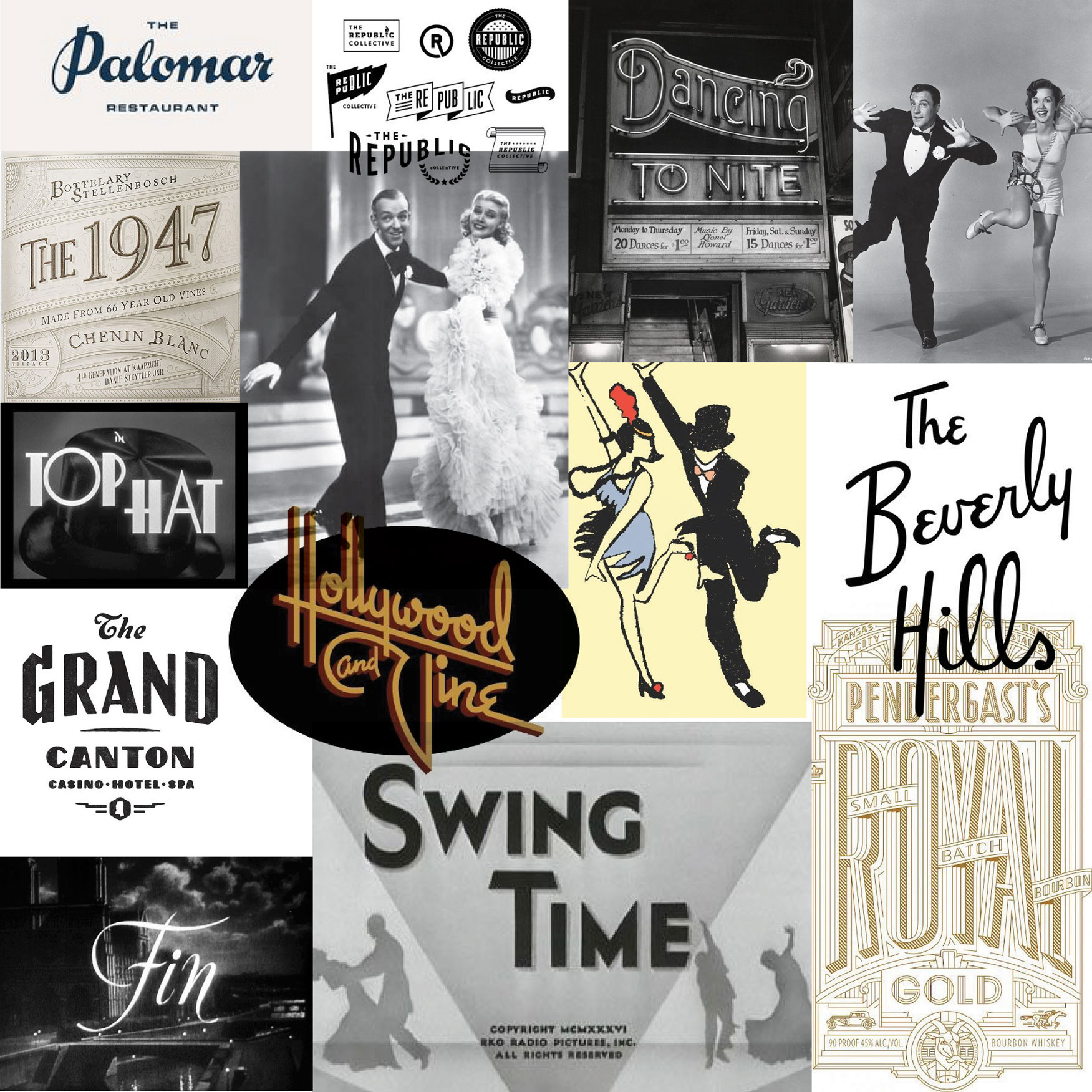
Brand Consulting
Brand consulting can be a helpful service for a company who is considering a rebrand or simply updating their brand to stay relevant. Consulting an expert can help companies discover the strengths and weak points in their brand strategy and identify opportunities that could better help them to reach their target markets.
Our Consulting Services
Northbound studio offers brand consulting services to help you decide what the next best step is for your brand.
Why you may need a brand consultation
If your brand is starting to feel a bit stale and lifeless compared to your competitors’ brands, it may be time to consult a professional. It’s difficult to realize what may be falling short in your brand strategy on your own. Individually, your logo may work just fine, but is paired with completely incompatible colors. Or your overall brand strategy is solid, but the execution was poor. Discussing your brand and your goals with a creative team can help you identify where there is room for improvement, whether a rebranding is right for you, or whether a small update is all you need to remain competitive.
How can a brand consultation help?
A brand consultation can help you decide where best to invest your time and money when it comes to updating your brand. A brand consultant will do in-depth research into your industry, target market, and competitors to determine where your brand may be falling short. Next, you can identify which changes need to be made, and what will be most beneficial.
Without a consultation, you may be unknowingly investing your money in the wrong thing. If you skip a consultation and go straight for a logo design, you may end up with an incongruous mark that doesn’t represent your company well. Not only that, but a logo without a supporting brand, is just a mark. Don’t waste your money. The real value of your brand lies within the overall strategy — which can be defined through a brand consultation.

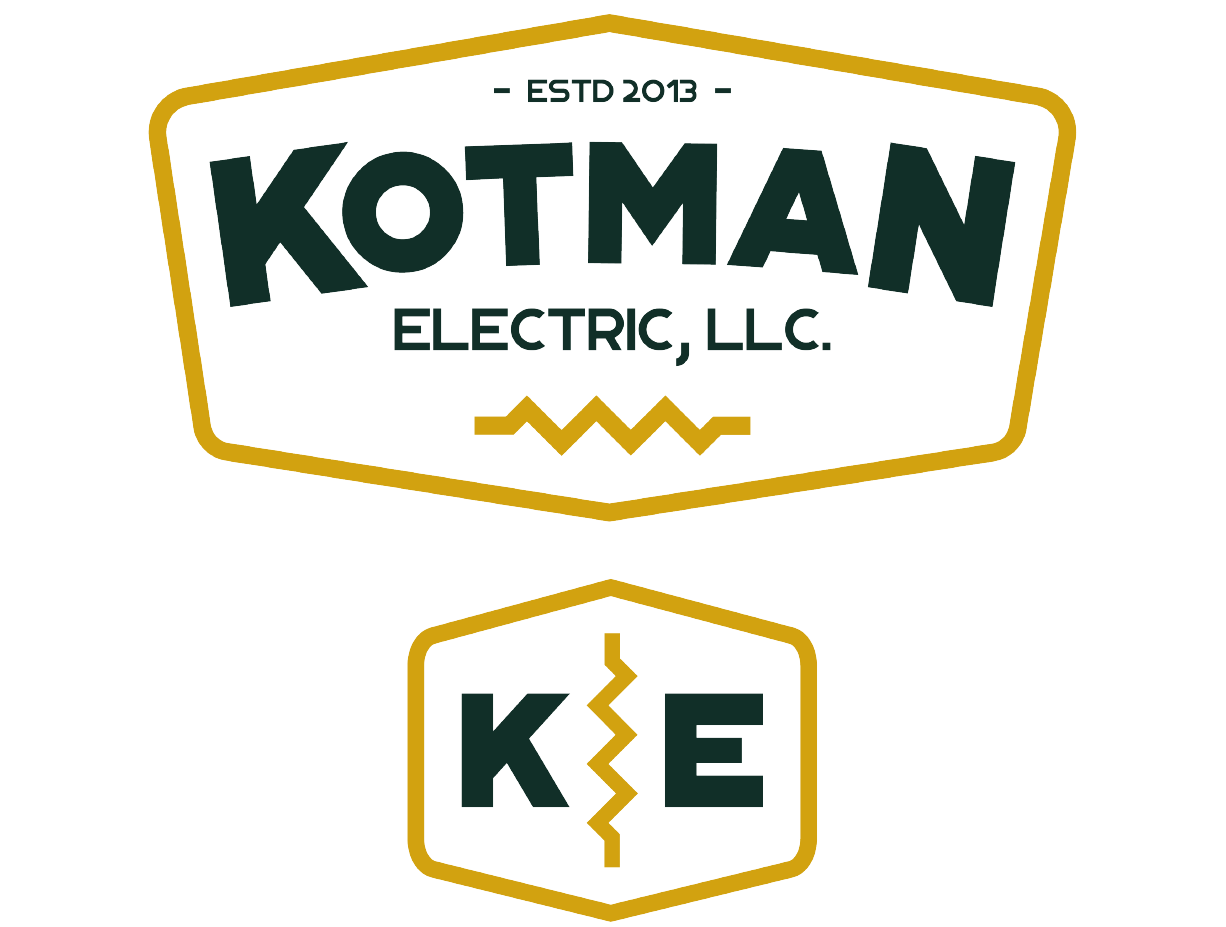
Development
Developing a strong brand is an incredibly challenging undertaking, even for professionals. It requires knowledge of visual communication, market research, and competitive analysis.
1. Define your Target Market
To build a strong brand, you should first define your target market. By spending time thinking about who they are, what their problems are, and how you/your business (uniquely) can solve those problems, you can begin to create your mission statement. This is about empathizing with your audience. We have written an article about creating brand empathy that you can find in our journal.
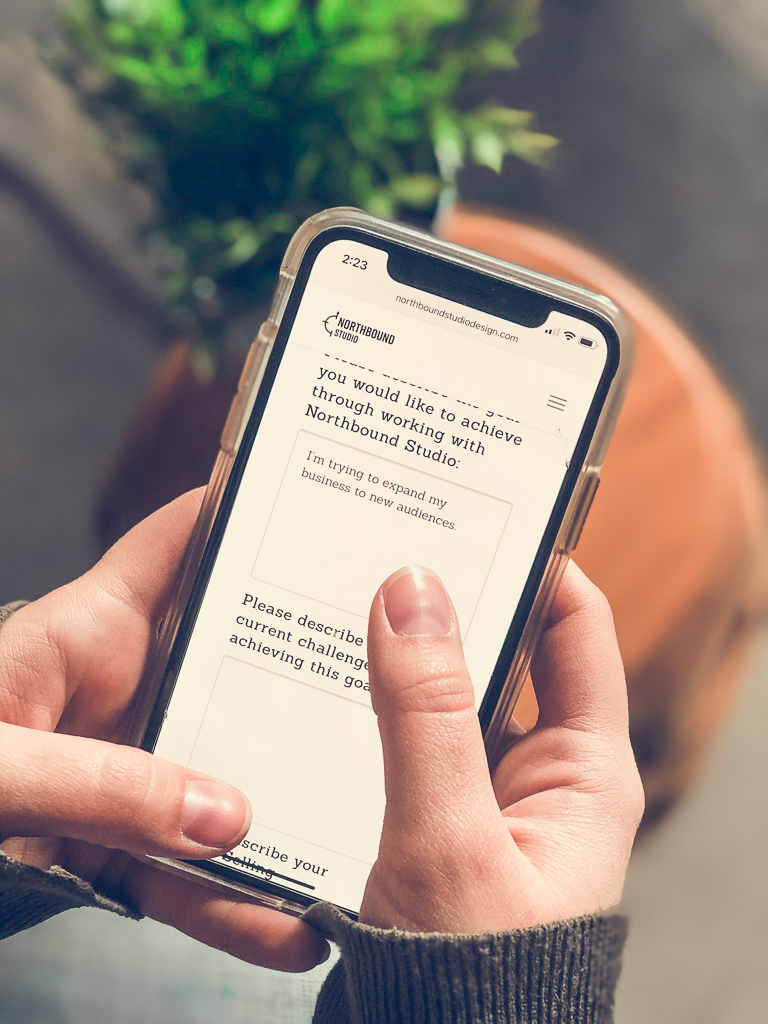
2. Messaging + Keywords
After defining the who, what, and how above, you can develop messaging and keywords that describe your company. These keywords are helpful for finding the right aesthetic for your brand. Research as many competitors as possible to get a good idea of what keywords they may be using and try to find a different angle for yours. Also note how those massages are appearing in the visual aspects of their brand. Once you have a good idea of your competitors’ messaging and aesthetic, you can begin to define your own unique positioning.
Examples of brand characteristic keywords would be: reliable, durable, advanced. This list might apply to a utilitarian product line.
Another list of keywords could be: approachable, casual, neutral, eco-friendly. This could apply to a natural skin-care brand.
And finally, this list of keywords: community-driven, cozy, quirky, welcoming, could apply to a local coffee shop.
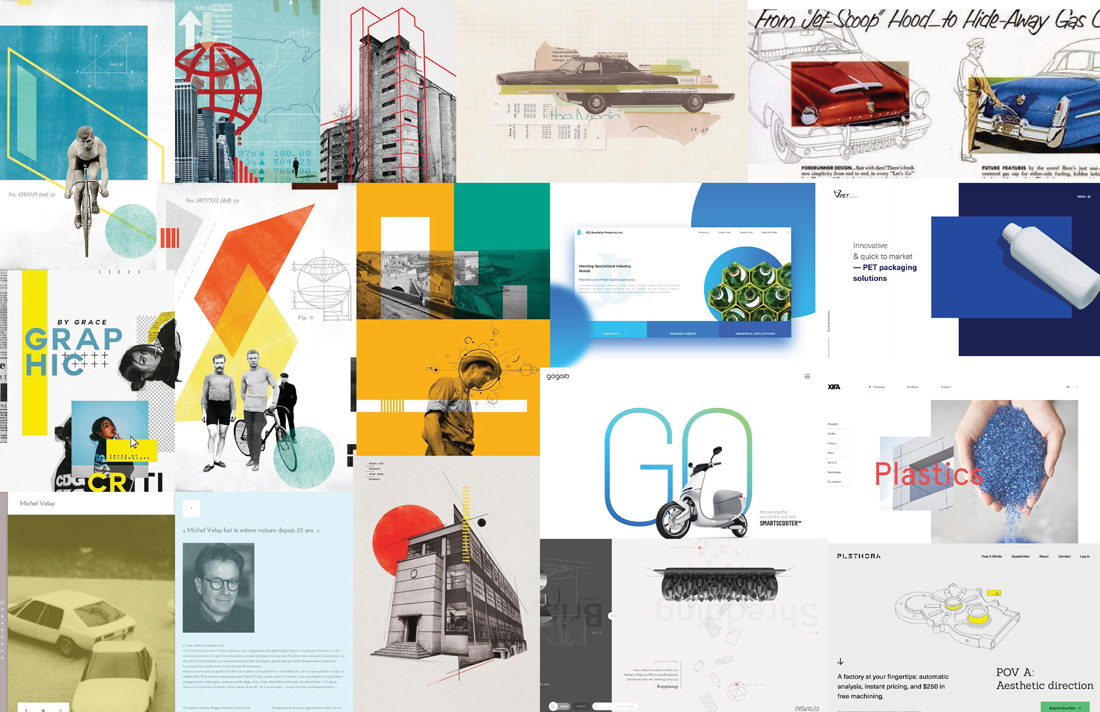
3. Benchmarking + Visual Research
With these keywords in mind, creating a mood board is the next step. What design elements represent your keywords? What color palette reflects the spirit of your company? Culturally, we have codified the emotions certain colors and shapes engender. It’s important to consider the culture(s) your brand will function within, as different cultures can have different relationships to specific colors, typography, marks, and more.
For example, in Native American cultures, colors are directly related to natural elements, the circle is representative of time, animal icons could represent different tribes, etc. Consider the culture your brand will operate within before making any decisions. There are many resources you should consult in order to ensure that you are culturally relevant and sensitive across all the markets you wish to communicate with.
Next, spend time looking at other brands, marks, palettes, images, and compile them into a mood board that visually represents your keyword list. This should be an iterative process. You may find that after more research and finding more references, the first images you found no longer relate. You may also find that your keyword list was incomplete and needs to be revisited to truly land on a cohesive aesthetic.
Tip: look outside of your industry. Look at other companies outside your industry who share some characteristics with your company. Are you an environmentally-friendly packaging company? What do other companies with sustainability at their core do? Take a look at sustainable food or clothing companies. What do their brands have in common? This will help you realize what colors, shapes, and styles are culturally associated with “sustainability.”
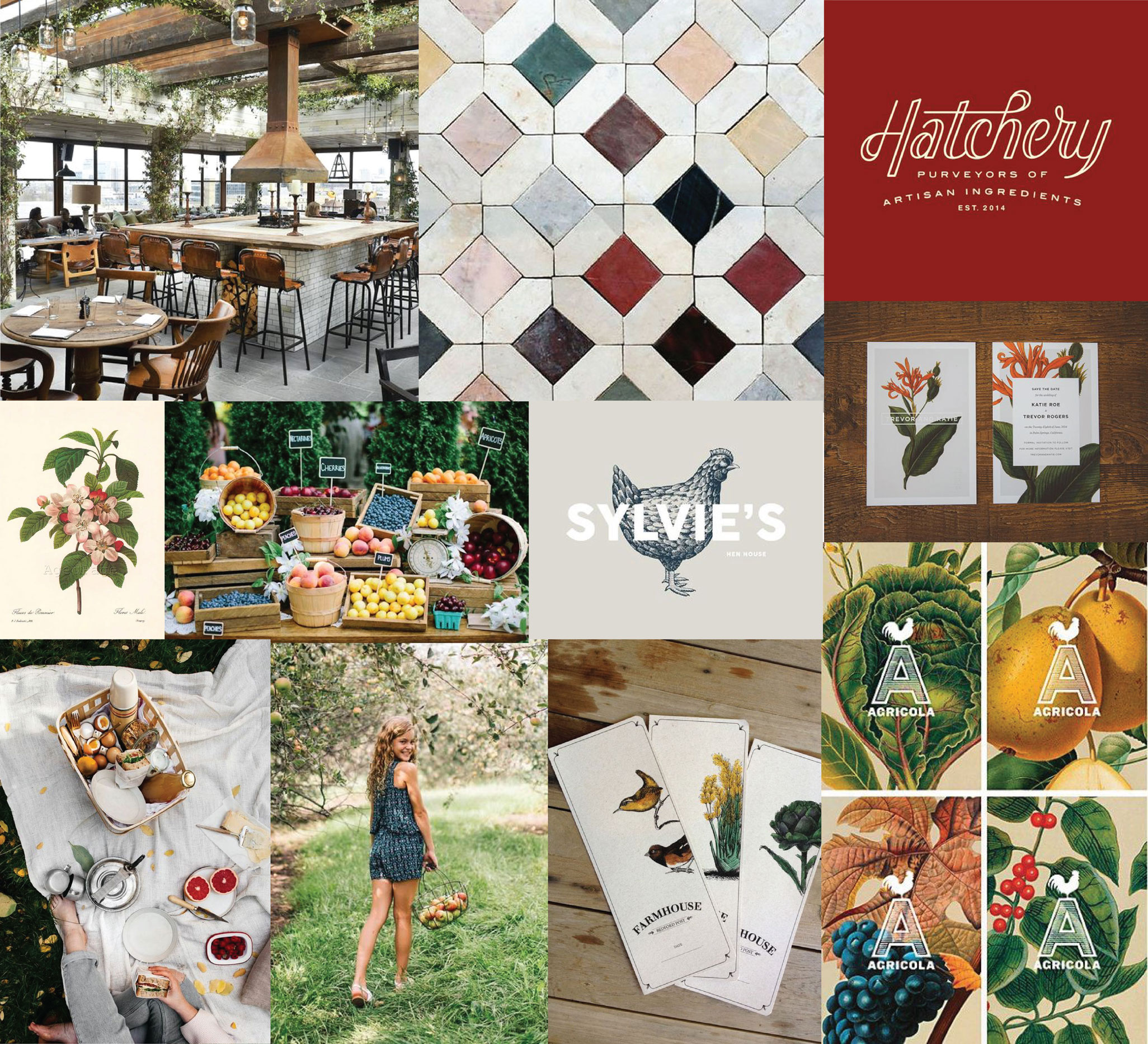
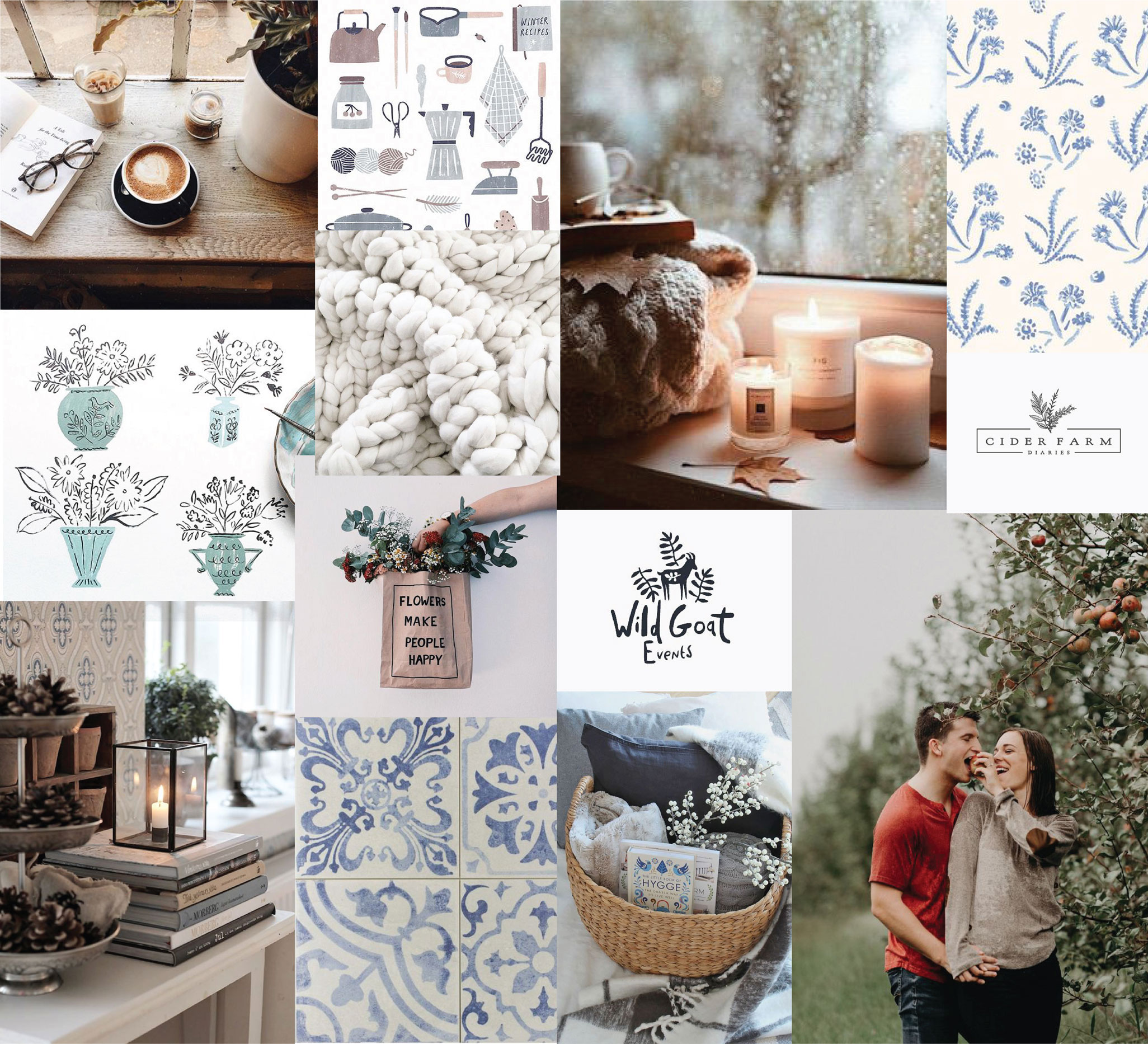
4. Experimentation / Concepting
After building a mood board, you can begin using this as a reference for your concepting. Sketch as many logo concepts that come into mind, but make sure that they reflect the mood board.
Narrow down these initial sketches to the most successful few. With your top few selected, begin refining them. Add some additional options and variations to each. This is important since the logo will be used in many different places and different formats are helpful.
Go through this concepting process with each aspect of the brand, the logo, the type, the colors, icons/illustrations, imagery, etc. making sure each reflects the mood board and that they all work together cohesively to communicate the messages you’ve defined.
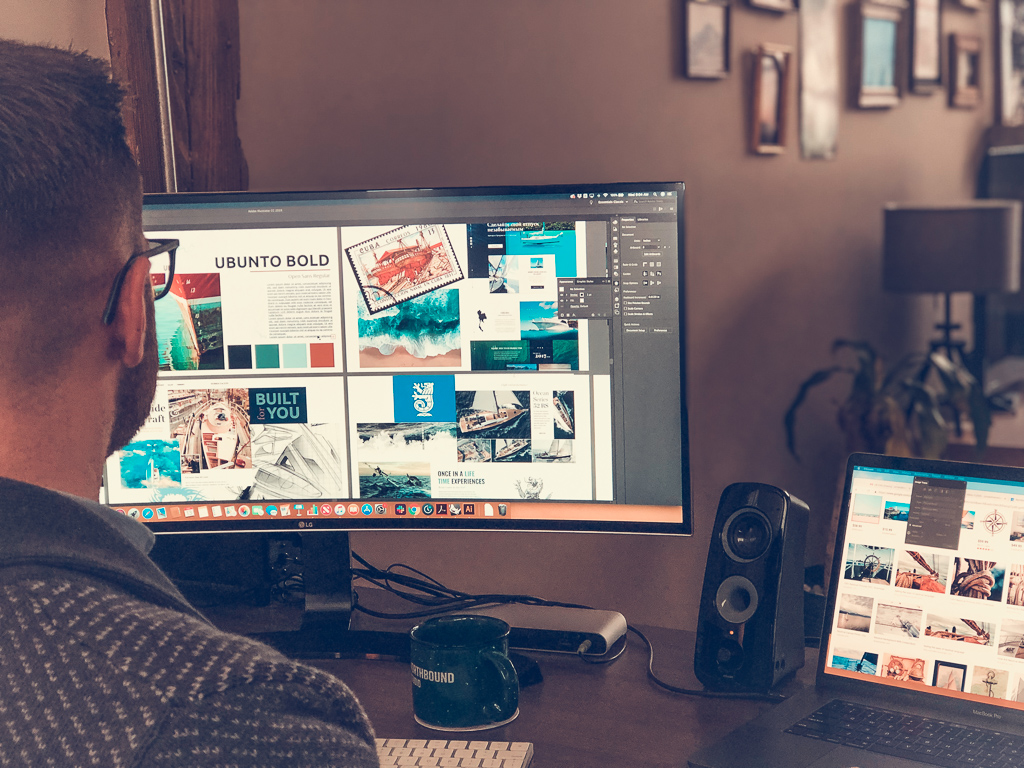
What are the components of a brand?
Some of the components of most brands are:
- Logo
- Logo Variations
- Messaging
- Typography
- Color
- Icons / Illustrations
- Imagery
- Social Media
- Voice
- A Blog
- Video
- Stationery
- Marketing Materials
- Website
Rebranding
Rebranding is the process of overhauling an existing brand in order to better suit the brand’s offerings and communicate to its target audience. Most big-name brands go through a rebranding process many times throughout their existences. Whether this happens every few decades (Ford, McDonalds) or every few years (Waze, Google, Yahoo, Twitter, Facebook, Instagram) it’s done to remain relevant in a changing market.
Consumer’s values change throughout time, and brands need to be able to pivot in order to reflect those values and stay relevant. One major consumer value that has become more prominent in the last few years is the desire for clean, non-toxic, and sustainable products. Chobani is a notable example of a rebranding in order to reflect this value. Their new look represents a much more natural, farm-to-table aesthetic.
Companies that go through much more frequent, smaller rebrands are often tech companies operating in an incredibly fast-moving industry. Consumers expect change and innovation from them constantly. Their brands begin to feel stale much more quickly than other industries who are known more for their reliability (like banks for example). These tech brands are often built on specific design trends. They also define design trends for the next few years, resulting in so many copy-cat versions, that their style becomes highly saturated in the market — and, again, stale.
Rebranding is a necessity for any company looking to stay relevant; however, you can make your brand last longer by doing thorough research. If your brand truly reflects your company values, you may just need to update some design styles. Branding and rebranding can be significant investments, so make sure they are done with longevity in mind.
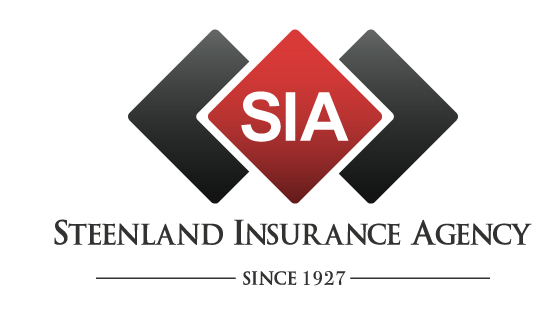
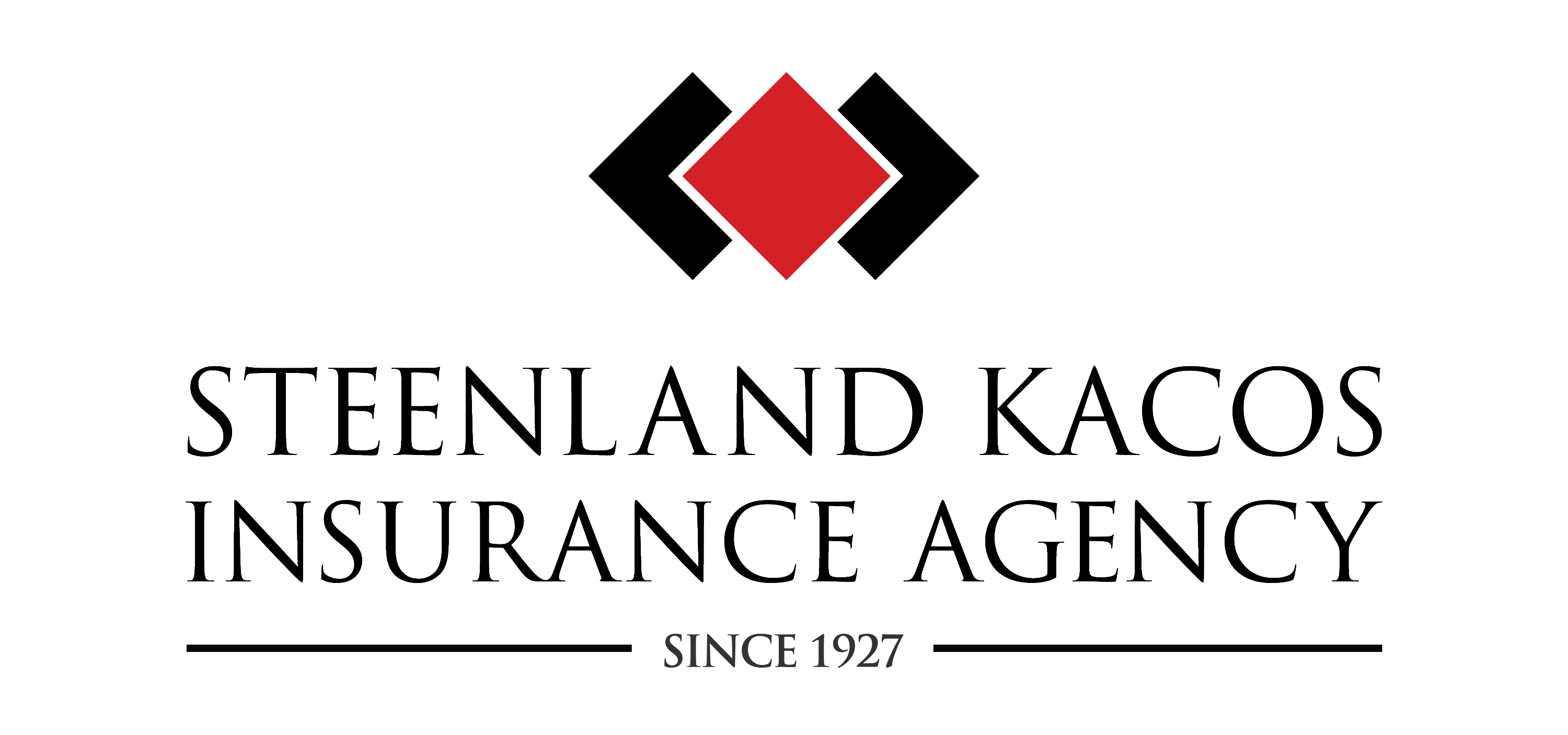
What is included in a rebrand?
Rebranding packages vary more than even an initial brand package. This is because it depends on the goals and the scale of the rebranding. A small font change and a few new illustrations may elevate your brand to the level you need (dropbox, mailchimp). You may also need to entirely start over.
For examples and reviews of recent rebrands, check out Brand New from Under Construction. But be warned, you may spend your whole day here!
What is the purpose of rebranding? / Why would a business want to rebrand?
If a company is no longer successfully maintaining brand loyalty, it’s time for a rebranding. When it no longer reflects the values of it’s target market, it’s time for a rebranding. When, after operating a few years, a company discovers a new niche market or opportunity, a rebranding can help them reposition themselves.
To avoid a major rebranding, find a brand studio who can help maintain your brand and evolve with you. Working with the same brand studio long-term allows them to gain a thorough understanding of your goals and where your company is headed so that they can proactively expand and alter your brand as needed.
Art Direction
Bringing your vision to life
Art directors direct the artistic vision of any production, from film to photography, to branding, etc. In branding, an art director focuses on the emotion behind the visuals. Where a designer’s main goal is to make it look good, an art director’s main goal is to make it feel good.
An art director may ask what emotions a color palette evokes, while a designer may ask what colors look nice together. Both aspects are integral to creating a successful brand.
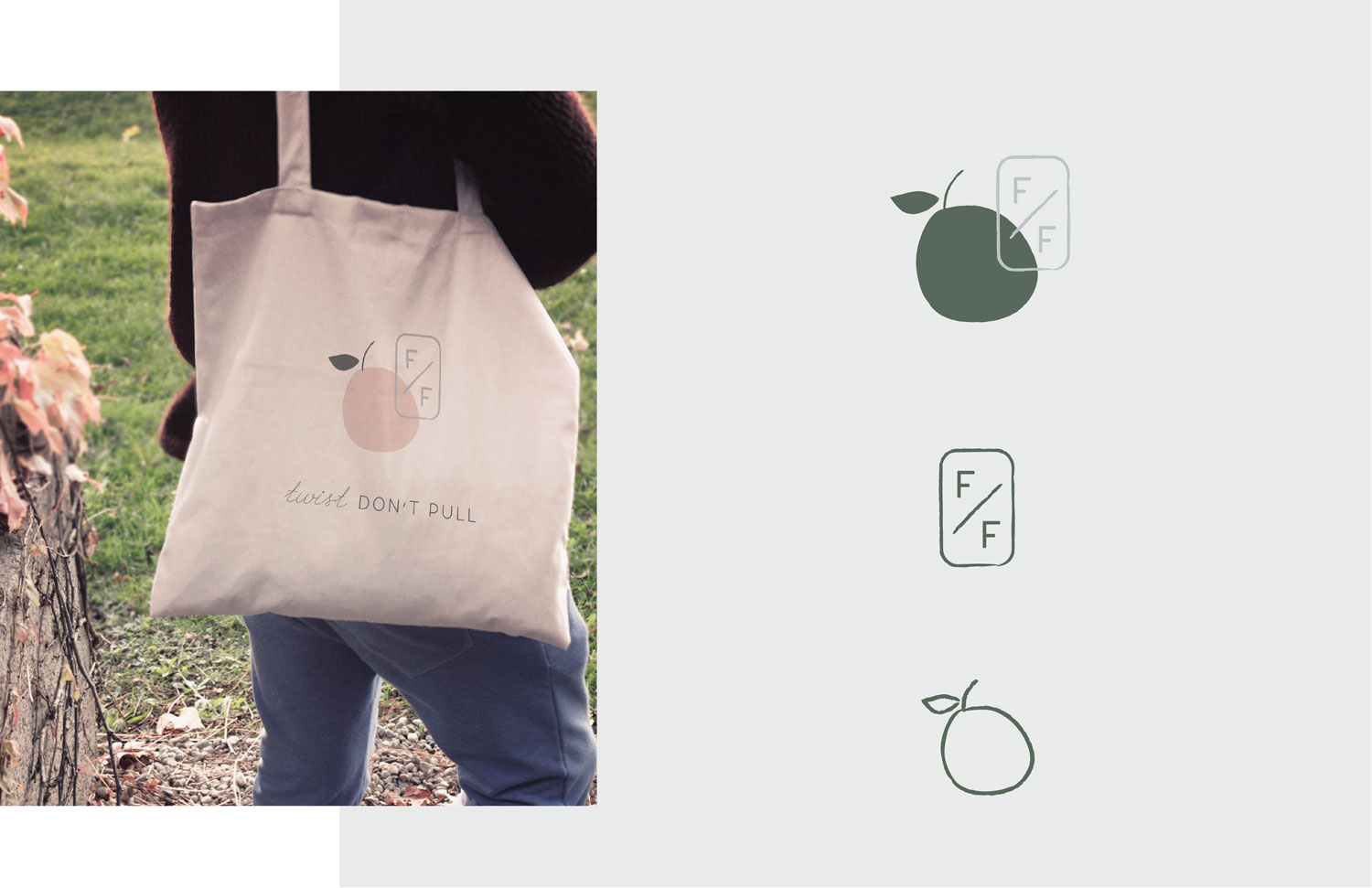
Logo Design
Logo design is something that many entrepreneurs look up when they are actually looking for a brand. Logos can’t exist on their own. They are just one asset within a brand. However, they are the main indicator of a brand and are therefore, highly important.
What is a logo?
A logo is a visual mark that indicates a specific brand. Logos can be typographic, illustrative, or a combination. They are a part of an overall brand strategy that combines visual tools in order to communicate a company’s characteristics.
Logos often have variations. There is typically a main logo that is most often used, and then some alternatives for use in specific cases, such as embroidery, digital applications, large-scale, etc.
What is the difference between a brand and a logo?
A brand is the combination of visual and verbal messages that you use to describe your company and communicate with your customers. It includes your logo. Your logo is just one aspect of your brand.
What is the logo design process like?
The logo design process is a part of the branding process. It’s usually the first aspect of the brand that is designed. The logo design process involves research, creating a mood board, concepting, and refinement.
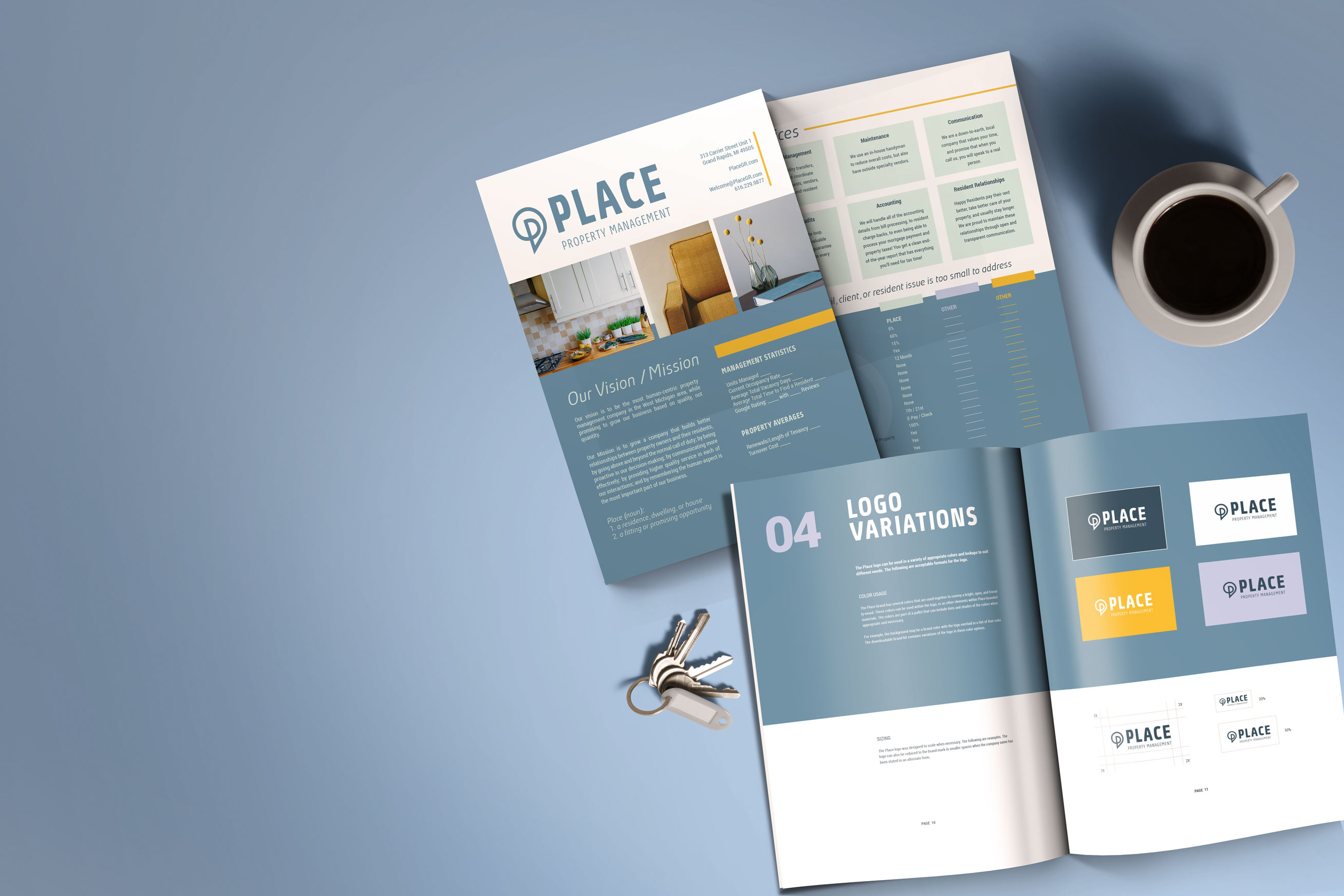
Do I need a logo?
Every business needs a logo. Every business needs a brand. Without a logo and brand, you cannot build any sort of brand recognition or loyalty. Any marketing done without the guidance of a well-thought out brand strategy is like shouting into the void. Having a company without a logo is like leaving a voicemail without leaving a call-back number. Even if a consumer likes your product, they will have difficulty finding it again or remembering your business name. This is true even with a logo occasionally, when that logo is unsuccessful.
How can Northbound help?
Northbound studio is a design agency in Grand Rapids, Michigan specializing in content creation. We offer comprehensive design and marketing services to our clients in Grand Rapids, and across the US. We have helped restaurants and boutiques, as well as automotive and packaging companies, and more. We invest our time into learning about your company and its goals in order to help you create a successful brand, website, and marketing plan.

